What Is Digital Healthcare: Top Trends In The Future?
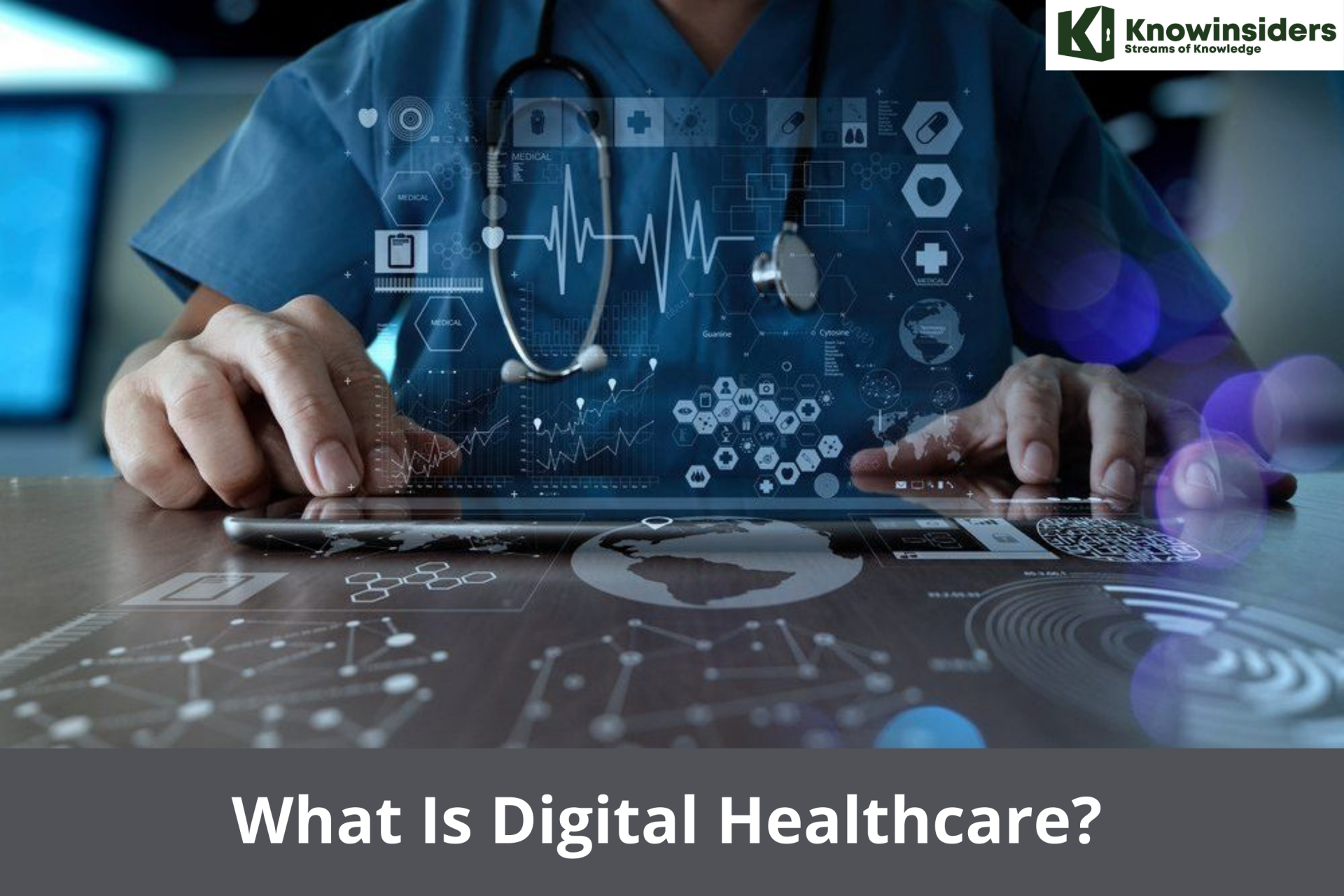 |
| What Is Digital Healthcare? |
COVID-19 has made it more pressing than ever to integrate online and offline offerings and to establish integrated health ecosystems. Improving the quality of healthcare and access to healthcare while controlling costs as populations age and grow, life expectancy increases, and public expenditure on healthcare is under pressure are a few of the main challenges for healthcare organizations across the globe.
See how, by embracing a digital mindset, health systems can transform their relationship with consumers.
What is Digital Healthcare?
Digital health refers to the use of information and communications technologies in medicine and other health professions to manage illnesses and health risks and to promote wellness. Digital health has a broad scope and includes the use of wearable devices, mobile health, telehealth, health information technology, and telemedicine.
Digital Health has been gaining momentum because it is envisioned to:
-
Improve access to healthcare
-
Reduce any inefficiencies in the healthcare system
-
Improve the quality of care
-
Lower the cost of healthcare
-
Provide more personalized health care for patients
There is some evidence to show that the use of digital medicine allows patients to better track their own health and wellness. For example, the use of digital devices like the smartphone not only helps with communication, but these devices now have a huge number of apps that can help monitor blood pressure, record blood sugars, ensure compliance with medications, and track the amount of physical activity.
What is the Importance of Digital Health?
Patients can benefit from digital health in diverse ways such as disease prevention, monitoring, and management of chronic diseases, reduction in the costs of treatment and therapy, etc.
Along with patients, it also benefits healthcare providers. With more personalized prescriptions through improved data on health markers, doctors can provide medical services that result in increased patient satisfaction.
Improved digital health tools also lead to the identification of new ailments or worsening illness. With a quick diagnosis, healthcare professionals can intervene early to administer the right course of treatment and deliver treatments timely to reduce the duration of the disease and improve quality of life.
What is Digital Healthcare Service?
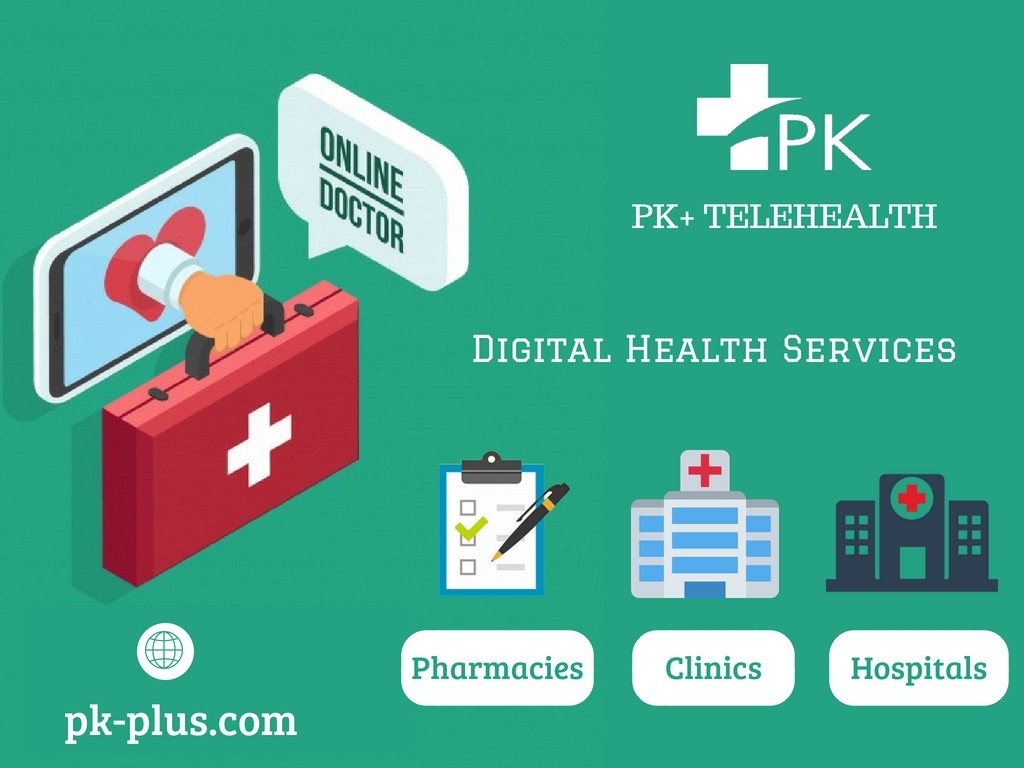 |
| Photo: medium |
One of the most important priorities of healthcare organizations is to improve the patient experience by using digital healthcare solutions. Today, patients also expect their healthcare providers to hear themselves and create personalized solutions tailored to their needs. The transformation of organization-centered healthcare services into patient-centered healthcare has led to the implementation of a new technology-based ecosystem.
How big is the digital health market?Putting a definitive number on the size of the market is difficult, given researchers often have different views on which technologies can be brought under the digital health umbrella, though most researchers agree it's in the region of hundreds of billions of dollars worldwide. Research and Markets, for example, say $223.7bn by 2023, while Global Market Insights predicts $379bn by 2024, and Transparency Market Research foresees a 2025 market of $536.6bn. However, such reports typically focus purely on the technology used by the healthcare industry, such as digital prescribing, electronic patient health records, and telemedicine. Reports that take into account consumer digital health are harder to come by and often focus on the industry's constituent parts. Research and Markets' report into mobile health, for example, predicts a market of $189bn by 2025, driven by the healthcare industry's interest in cutting costs by moving to "patient-centric healthcare", while CCS Insight says the wearables market will reach $27bn in 2022, due to consumers' interest in tracking their health. |
Top trends of the growing power of Digital Healthcare in the future
1. Telemedicine will change how chronic conditions are treated
 |
| Photo: chpgroup |
The pandemic showed how telemedicine could change how we think about care interactions, with virtual visits increasing almost 40 times, according to data from McKinsey. Most of these interactions were centered around acute care. But for telemedicine to achieve its full potential, it will need to engage patients more frequently, especially for certain chronic conditions.
Costs around chronic care are poised to rise as baby boomers age and put greater strain on the healthcare system. One chronic condition where telemedicine will play a larger role is diabetes. That’s why Teladoc Health, a leader in the space, acquired Livongo last year for $18.5 billion.
In 2022, entrepreneurs and investors are likely to expand telemedicine into more chronic care spaces like cardiology. Today, someone in the U.S. suffers a heart attack every 40 seconds, and heart disease costs the country about $219 billion a year. Telehealth offers a convenient, cost-effective way to diagnose and treat cardiovascular disease. For instance, with telehealth, even patients in remote or rural areas can gain access to cardiologists to get treatment without traveling far.
Overall, expect telehealth players to build their offerings across the chronic care landscape in a meaningful way in 2022.
2. The importance of big data in healthcare
 |
| Photo: saokhue |
Big data aggregates information about a business through formats such as social media, e-commerce, online transactions, and financial transactions, and identifies patterns and trends for future use.
For the healthcare industry, big data can provide several important benefits, including:
- Lower rate of medication errors – through patient record analysis, the software can flag any inconsistencies between a patient’s health and drug prescriptions, alerting health professionals and patients when there is a potential risk of a medication error.
- Facilitating Preventive Care – a high volume of people stepping into emergency rooms are recurring patients also called "frequent flyers.” They can account for up to 28% of visits. Big data analysis could identify these people and create preventive plans to keep them from returning.
- More Accurate Staffing – big data’s predictive analysis could help hospitals and clinics estimate future admission rates, which helps these facilities allocate the proper staff to deal with patients. This saves money and reduces emergency room wait times when a facility is understaffed.
With these benefits in mind, healthcare and pharmaceutical companies should invest in organizing their data. That requires an investment in analytics experts who can crunch the data to not only identify areas of weakness but also help companies better understand their market.
3. Treating patients with virtual reality
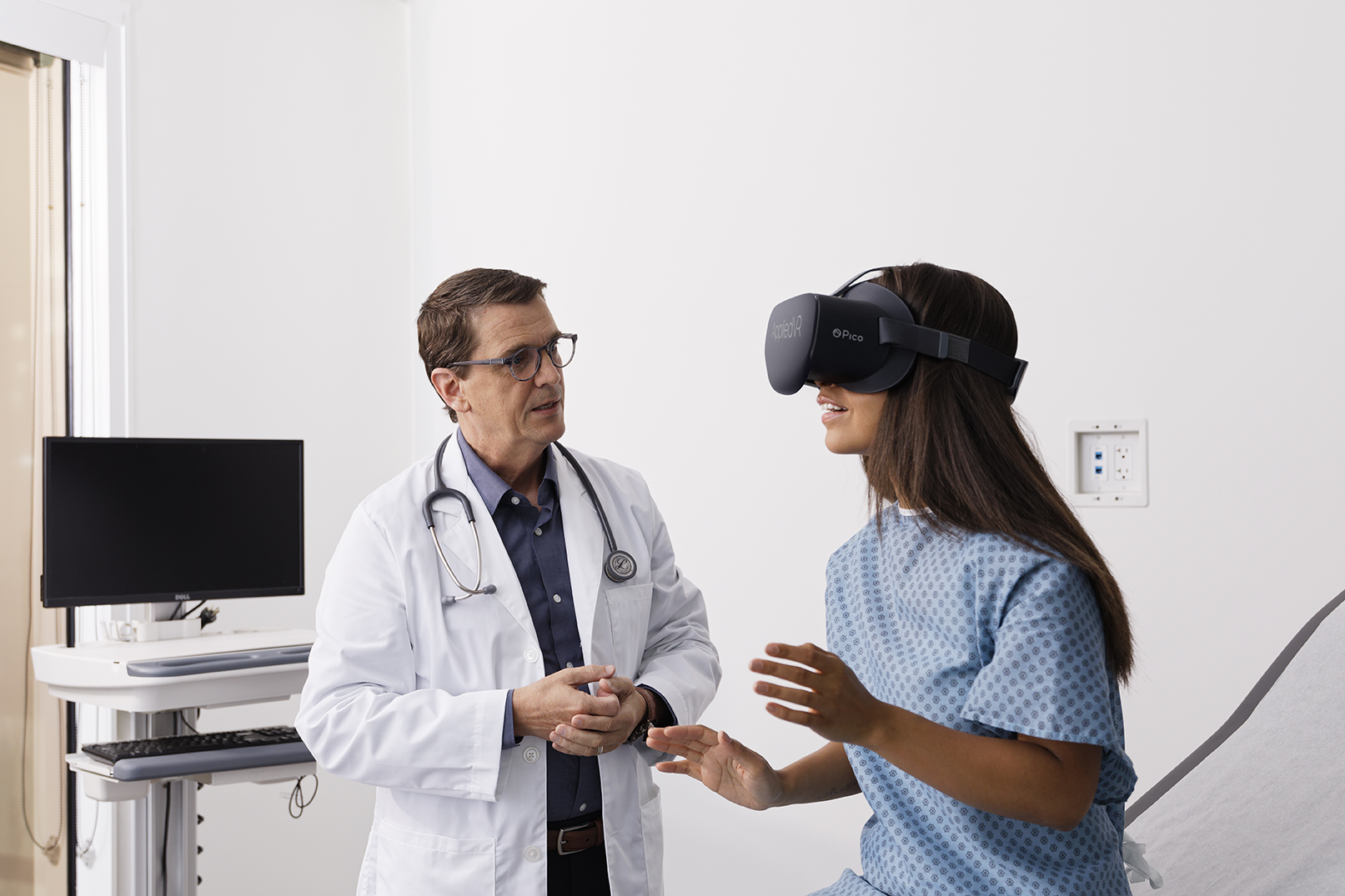 |
| Photo: fiercehealthcare |
Ten years ago, telling people you could reduce their pain with a device similar to a video game would have garnered a lot of blank stares. In 2018, however, Virtual Reality (VR) is the pièce de résistance of digital transformation in healthcare. Its myriad of applications is profoundly changing the way patients are being treated.
Here’s the thing: millions of people are still struggling with chronic pain. According to the CDC, 50 million of U.S. adults had chronic pain in 2016. For them, VR is a safer, more efficient alternative to drugs. VR technology is being used not only to treat pain, but everything from anxiety to post-traumatic stress disorder, and stroke.
From startups to pharma giants, everyone is betting on VR and there are numbers to back them up. The global virtual and augmented reality in the healthcare market is expected to reach $5.1 billion by 2025. If you’re a healthcare company planning your digital marketing strategy, you should highly consider investing in this technology.
VR is a powerful communication channel that would allow you, among other things, to get a better sense of your customers’ needs and virtually engage them with your products or services.
4. The growth of wearable medical devices
 |
| Photo: docwirenews |
Another trend of the digital transformation in healthcare is companies collecting their own health data from medical devices, including wearable technology.
In the past, most patients were satisfied with undergoing a physical once a year and only checking in with their doctors when something went wrong. But in the digital age, patients are focusing on prevention and maintenance and demanding information about their health more frequently.
As a result, healthcare companies are being proactive by investing in wearable technology devices that can provide up-to-date monitoring of high-risk patients to determine the likelihood of a major health event. According to a recent report, the wearable medical device market is expected to reach more than $27 million by 2023, a spectacular jump from almost $8 million in 2017.
Some of the most common of these devices include:
- Heart rate sensors
- Exercise trackers
- Sweat meters – used for diabetics to monitor blood sugar levels.
- Oximeters – monitor the amount of oxygen carried in the blood, and is often used by patients with respiratory illnesses such as COPD or asthma.
5. The wonders of artificial intelligence
 |
| Photo: healtheuropa |
Artificial intelligence (AI) is more than just a digital transformation trend in healthcare. AI represents the epitome of medical innovation and industry players are eager to invest millions in it. The healthcare AI-powered tools market is expected to exceed $34 billion by 2025, which means this technology will shape almost all facets of the industry.
For most patients, AI in medicine brings to mind Japanese nurse robots. But now, there are plenty of American versions too, like Moxi, a friendly hospital droid designed to assist human nurses with routine tasks such as fetching and restocking supplies.
Chatbots and virtual health assistants are other AI-based technology that patients are becoming familiar with. Chatbots can fill a multitude of roles from customer service representatives to diagnostic tools and even therapists. Their versatility is being translated into heavy investments. The global healthcare chatbots market is projected to reach $314.3 million by 2023 from $122 million in 2018.
What AI-powered computer programs do for oncology, in a nutshell, is analyze thousands of pathology images of various cancers to provide highly accurate diagnoses and predict the best possible anti-cancer drug combinations. And, in medical imaging diagnostics, this technology helps radiologists spot details that escape the human eye.
7. Blockchain and the promise of better electronic health records
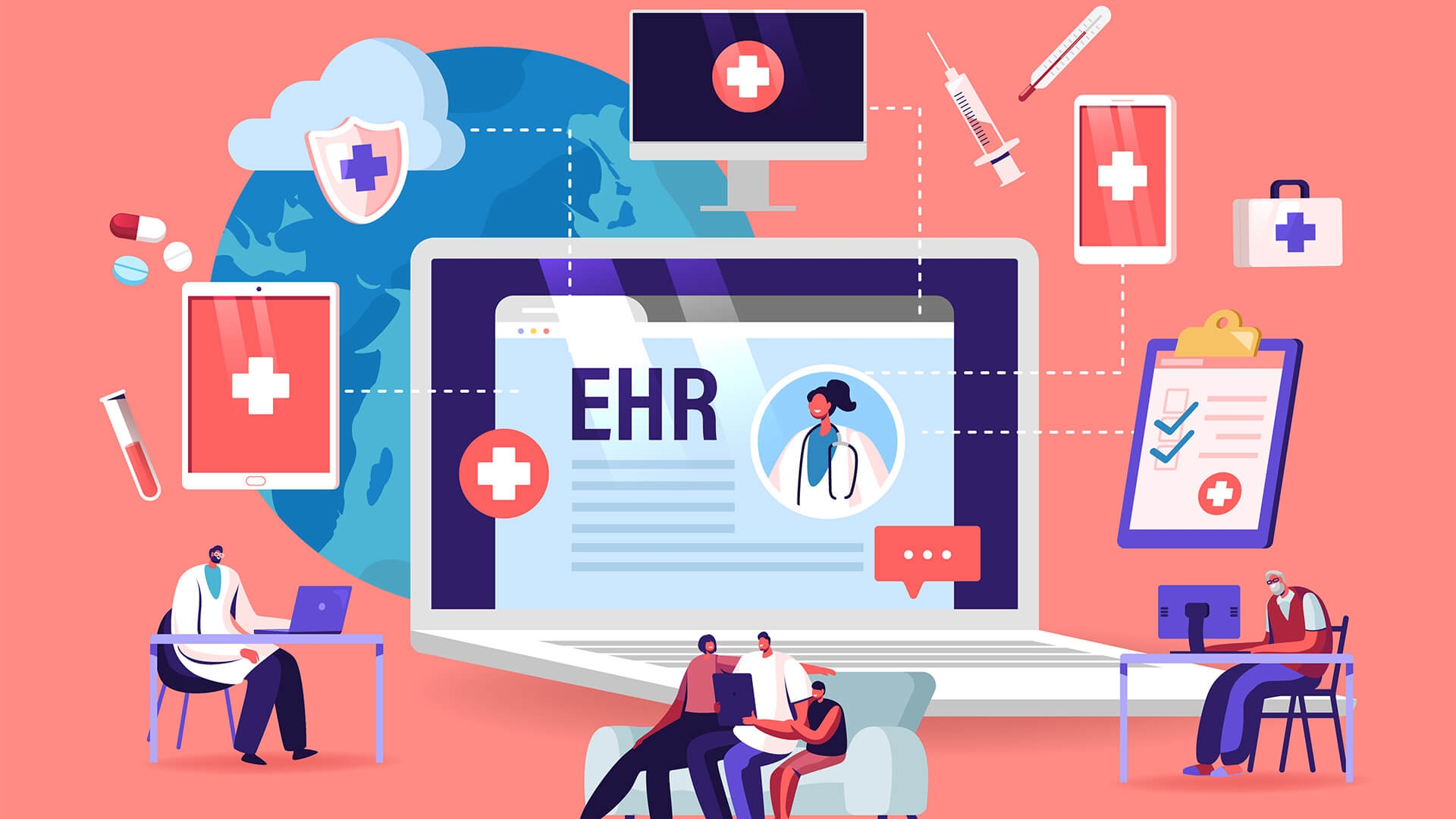 |
| Photo: ghp-news |
Blockchain has recently developed a bad reputation due to the burst of the cryptocurrency bubble. Now, the average person thinks of blockchain as this vague, puzzling concept that doesn't have much of an impact on their life. In reality, this technology will soon play an instrumental role in keeping their electronic health records accurate and safe.
Blockchain is a digital ledger or a computerized database of transactions. Shared across a network of computers, it allows customers to safely exchange financial information with suppliers, without the need of a third party such as a bank.
The healthcare and pharmaceutical industries are already vouching for its efficiency by investing millions in this market. According to a recent report, blockchain in the healthcare market is expected to reach $890.5 million by 2023.
How is the regulation of Digital Health changing?While regulation often proves a stumbling block for new technology, the FDA appears to be making steps towards speeding up the process digital health companies undertake to get their products certified. In 2017, the FDA launched its Digital Health Action Plan, which brought new guidance on implementing legislation touching on digital health and clarifying which products fell under its jurisdiction, as well as debuting a pre-certification program for certain developers. That program went live earlier this year, aimed at low-risk products made by companies "who demonstrate a culture of quality and organizational excellence based on objective criteria". Apple, Samsung, and Verily have all joined. In Europe, there's more legislation on the horizon. The Medical Devices Regulation (MDR) is due to come into force in 2020 and will revamp the legislation digital health products are governed by. In particular, it clarifies and broadens the definition of medical devices, software, and apps, and strengthens the traceability of medical devices. |
 Best Steps To Start A Home Health Care Business Best Steps To Start A Home Health Care Business Looking to start your own home health care business? Read on to know what to do before starting your own home health care business! |
 Does Medicare Cover Home Healthcare? Does Medicare Cover Home Healthcare? Home health care services are a valuable Medicare benefit that provides skilled nursing care, therapy and other aid to people who are largely or entirely ... |
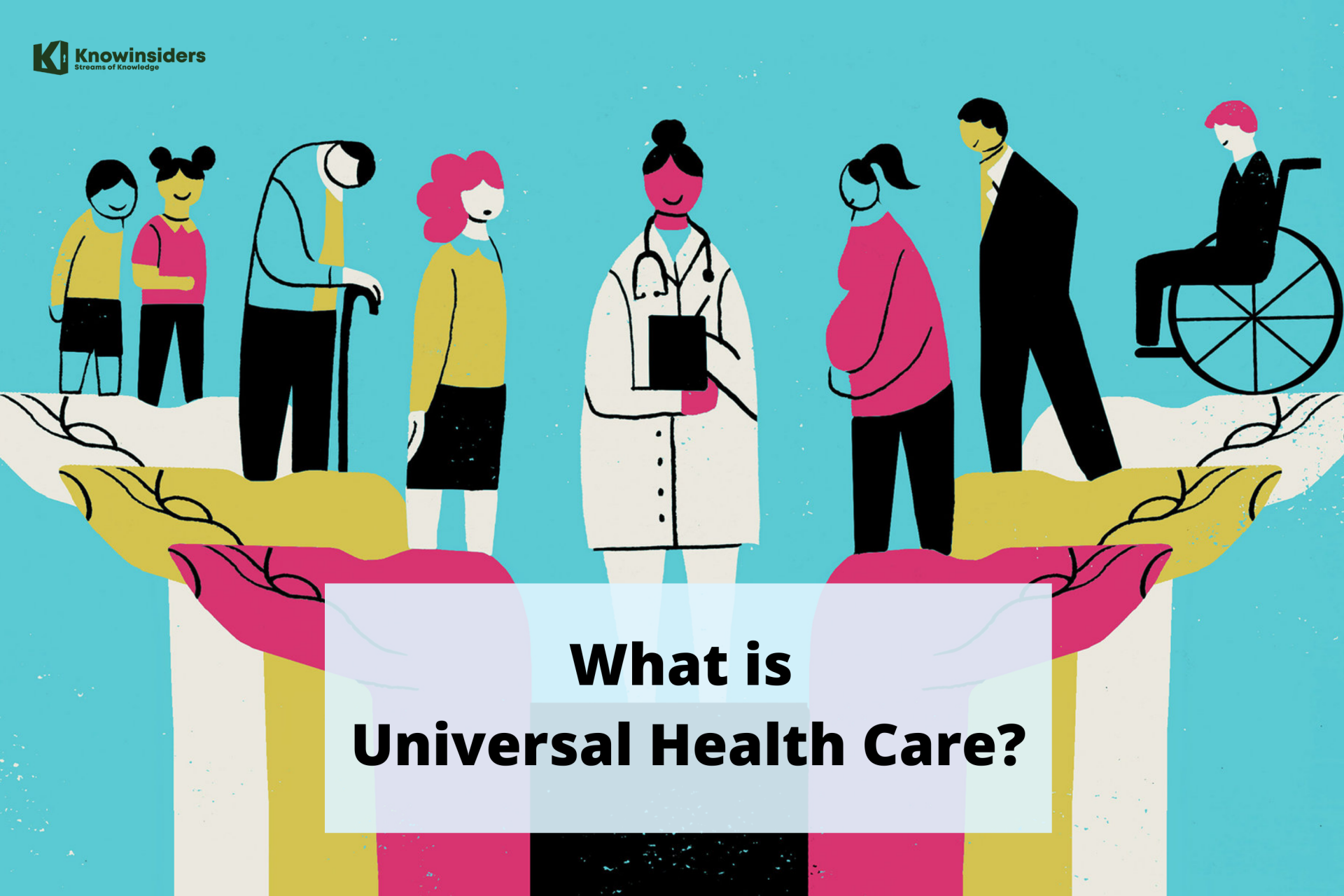 What is Universal Health Care: Meaning, Types, Benefits What is Universal Health Care: Meaning, Types, Benefits Universal health care has dominated the news for many cycles, with many people arguing that it’s a human right. But what exactly is it? |


























